
Armenia’s Architecture – From Past to Present
Share
From modern designs to Soviet-style constructions, 19th-century residential buildings to medieval-era churches, and even as far back as pre-Christian and Urartian structures – there is so much for you to observe, enjoy and admire.
To get to the roots of local architecture, visit Erebuni Fortress. You will notice the use of huge stones used to build fortress walls and residential, spiritual, and auxiliary buildings typical of the Urartian architectural style.
As part of the development cycle, Armenian architecture advanced more during the Hellenistic era. The Garni fortification, which also houses the Pagan Garni Temple, is a striking example. History Museum in the center of Yerevan is another place where you can find unique pre-Christian exhibits.
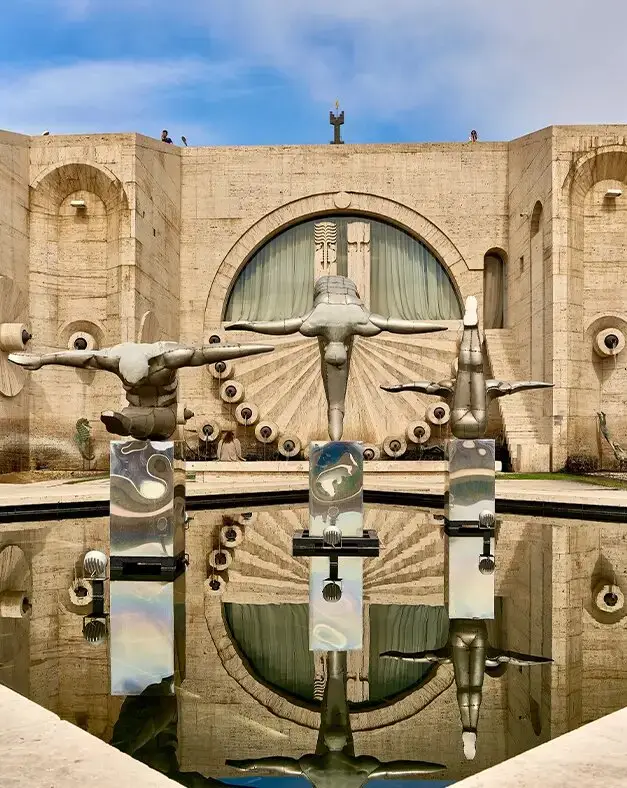
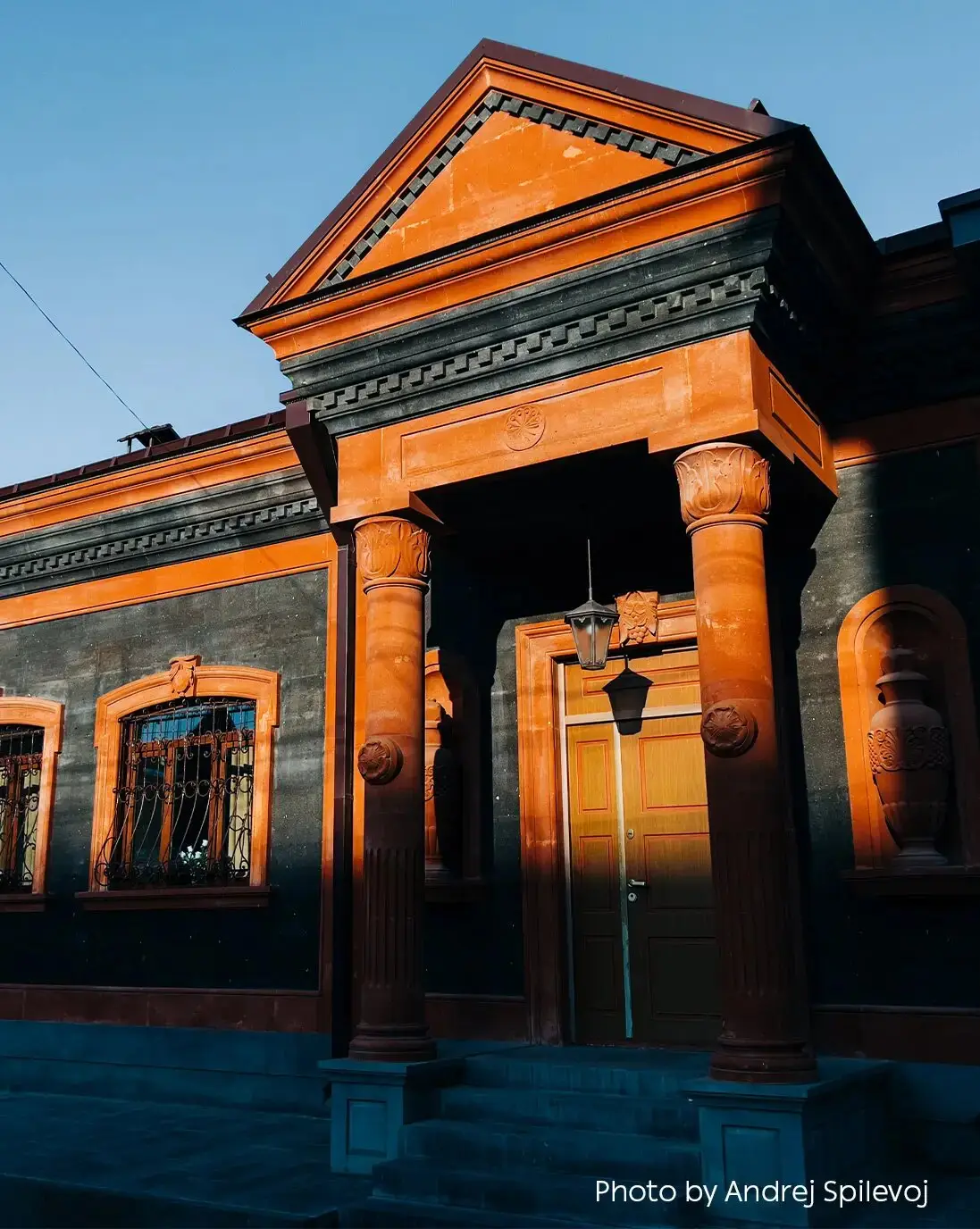
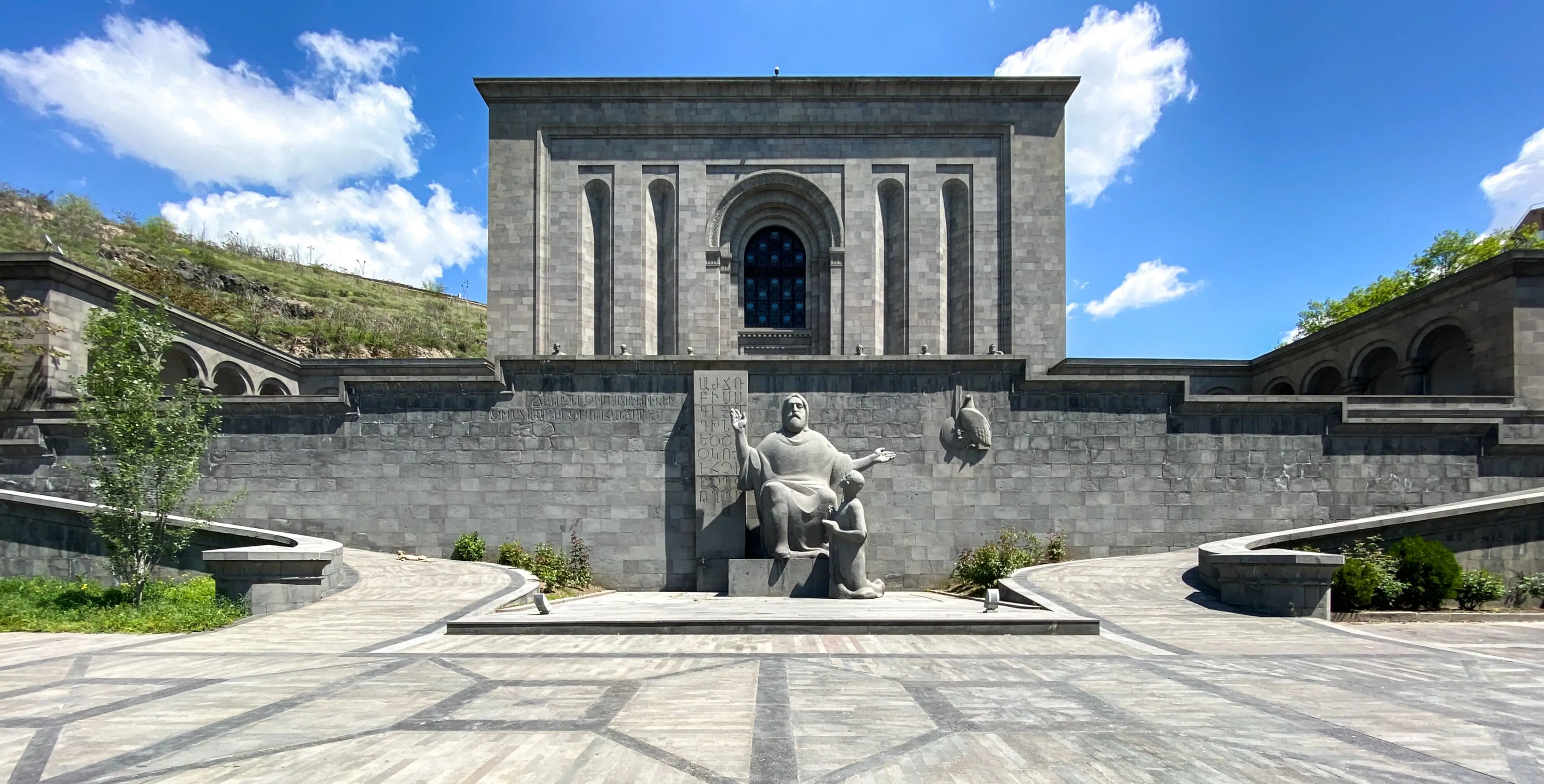
Medieval Fortresses and Church Architecture
Armenian architecture continued to advance in the following centuries. When traveling to Armenia, visit the many churches, fortresses, and monasteries that vividly illustrate how the region's architectural style developed during the Middle Ages.
These structures include the fortresses of Amberd in Aragatsotn, Bjni in Kotayk, and Smbataberd in Vayots Dzor.Architectural styles progressed from hall-type structures to cruciform domed churches, becoming more ornate and lavish. You’ll notice the clear-cut line designs for arches with magnificent ornamentation and decorations when visiting Harichavank Monastery, Marmashen Monastery, and Amberd Fortress.
The monasteries of Tatev and Noravank, on the other hand, will stick in your memory for a long time because of their unusual architectural solutions, distinctive decorations, and designs. The monasteries of Haghpat, Sanahin, and Akhtala are the best examples of the transition of medieval church design. Remember to include these on your bucket list!
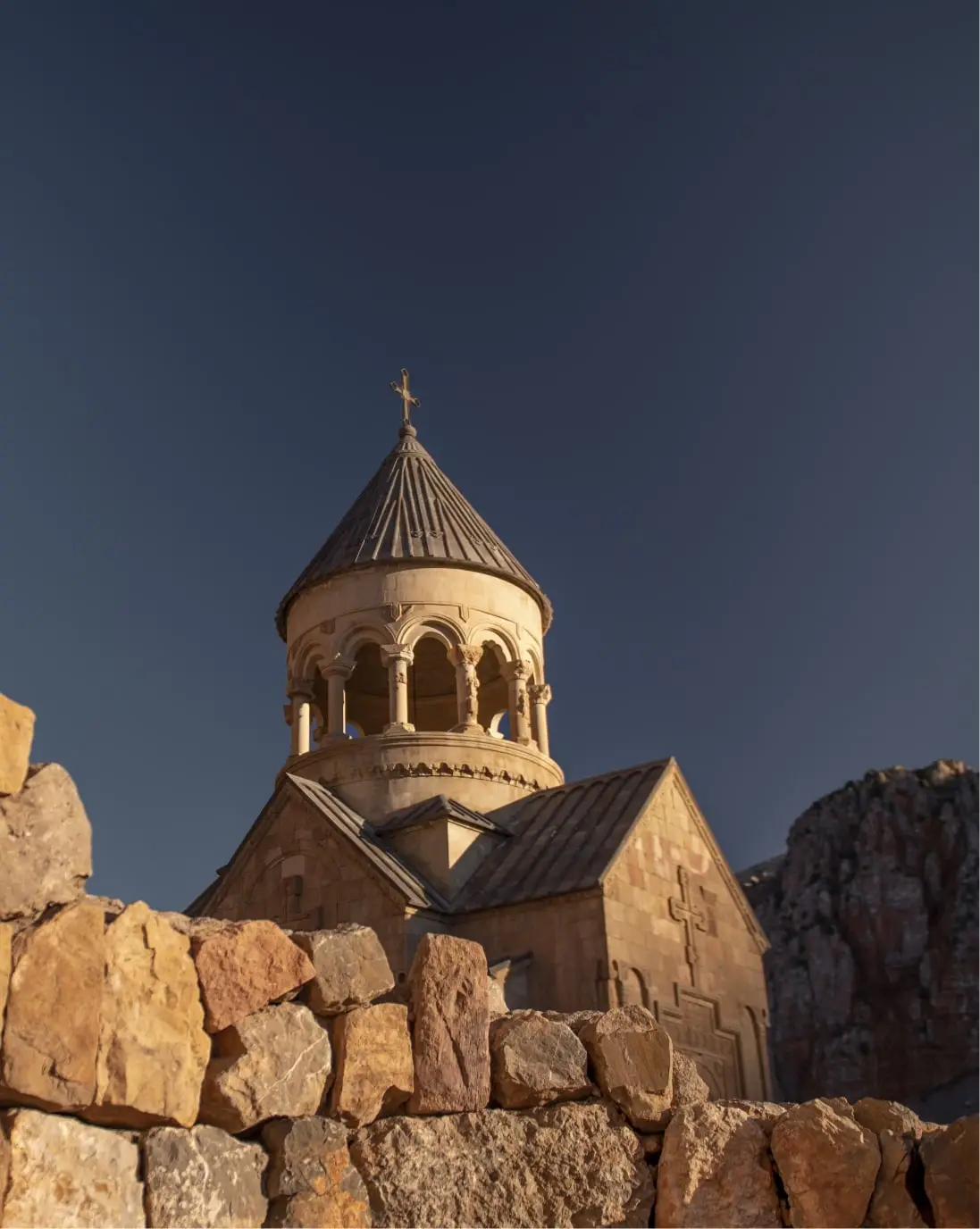
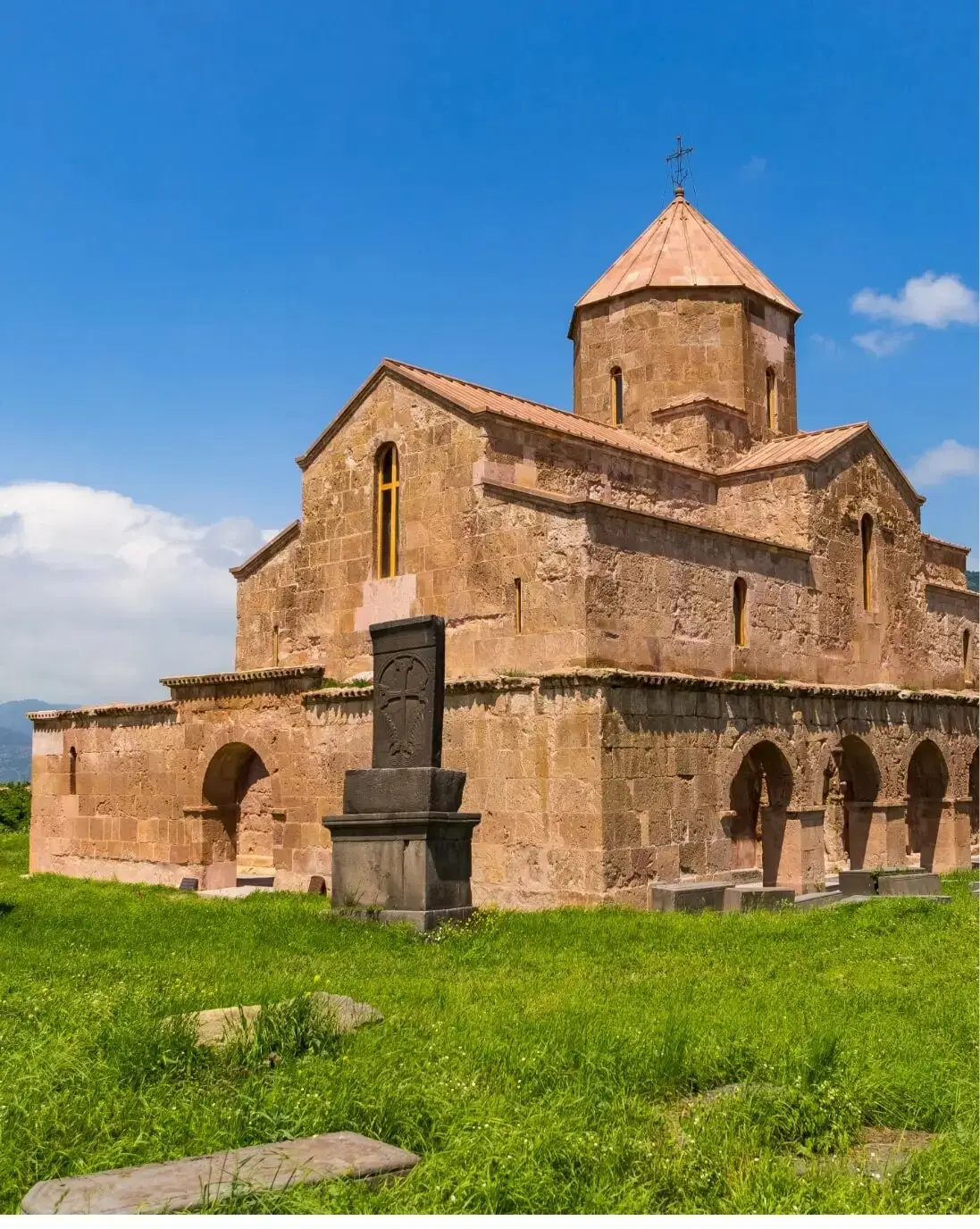
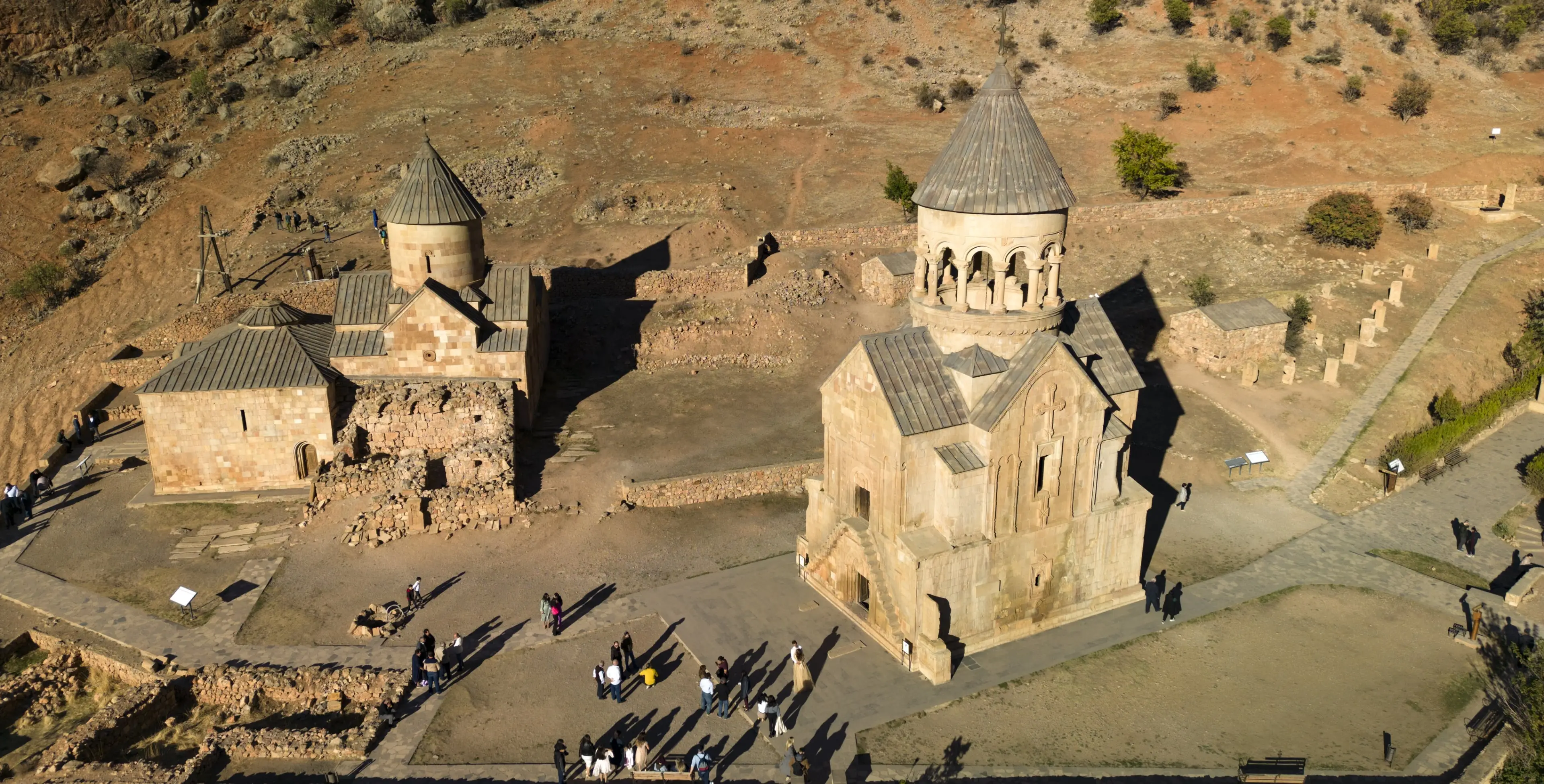
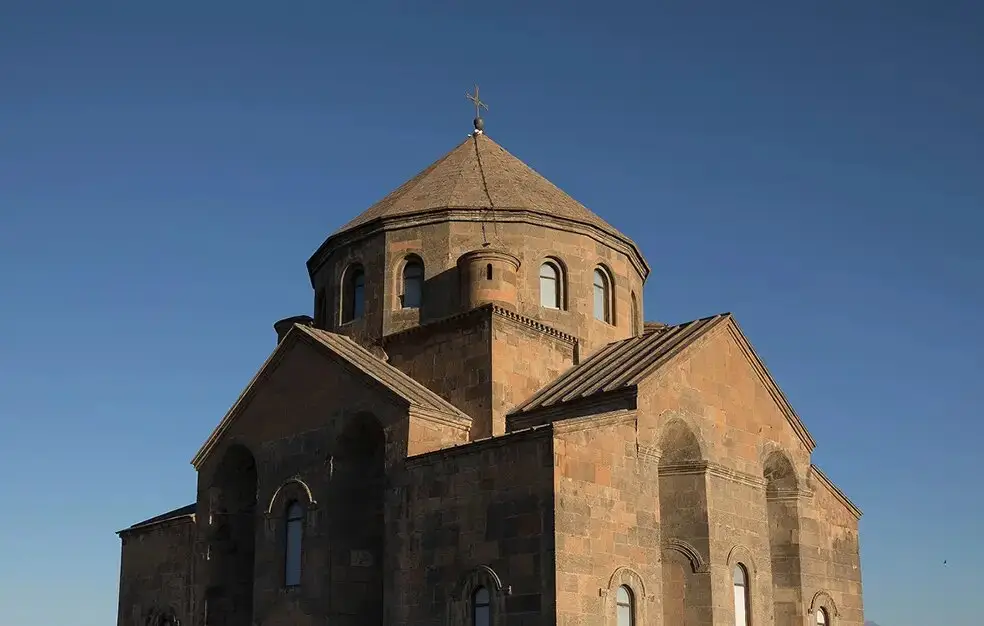
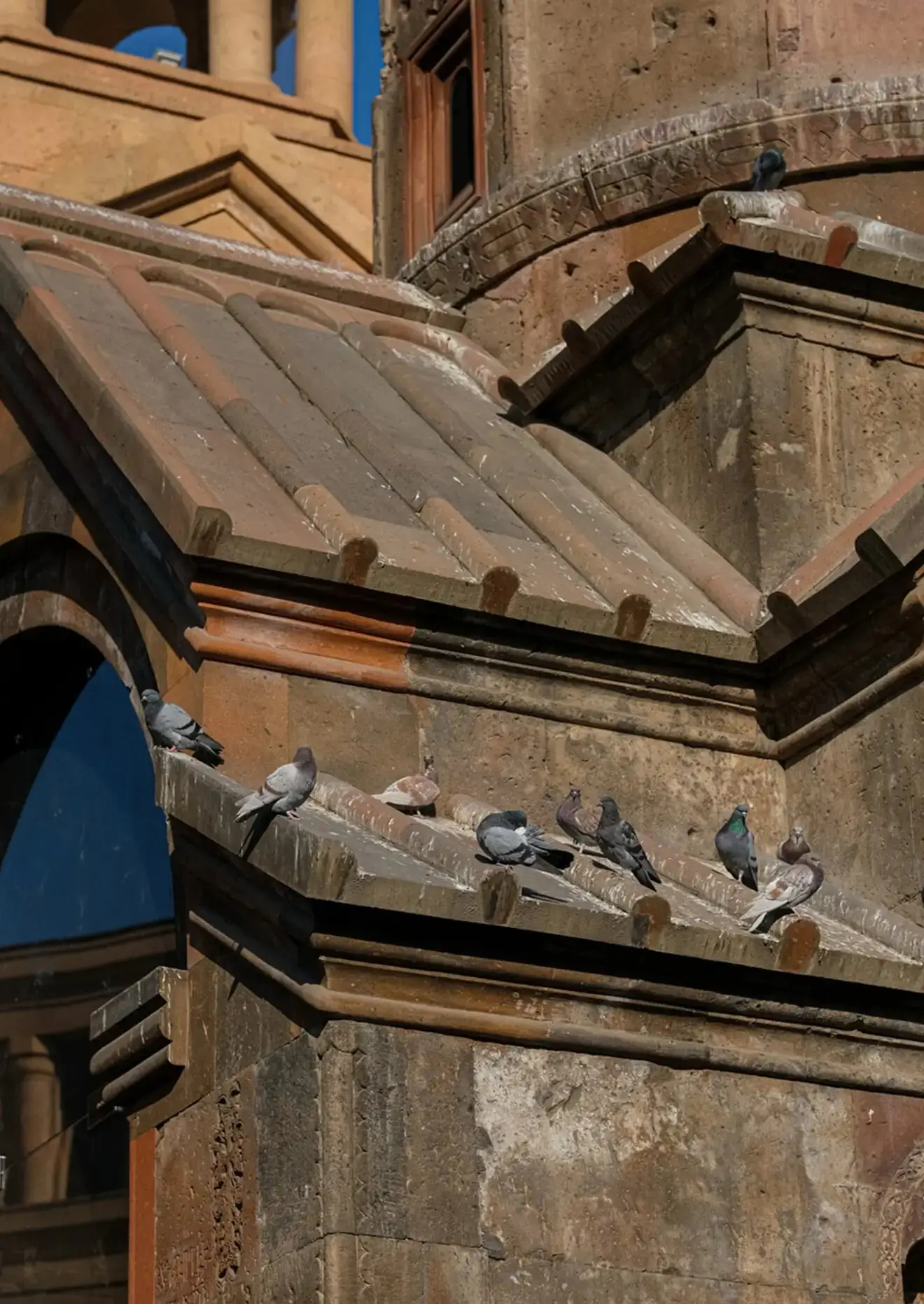
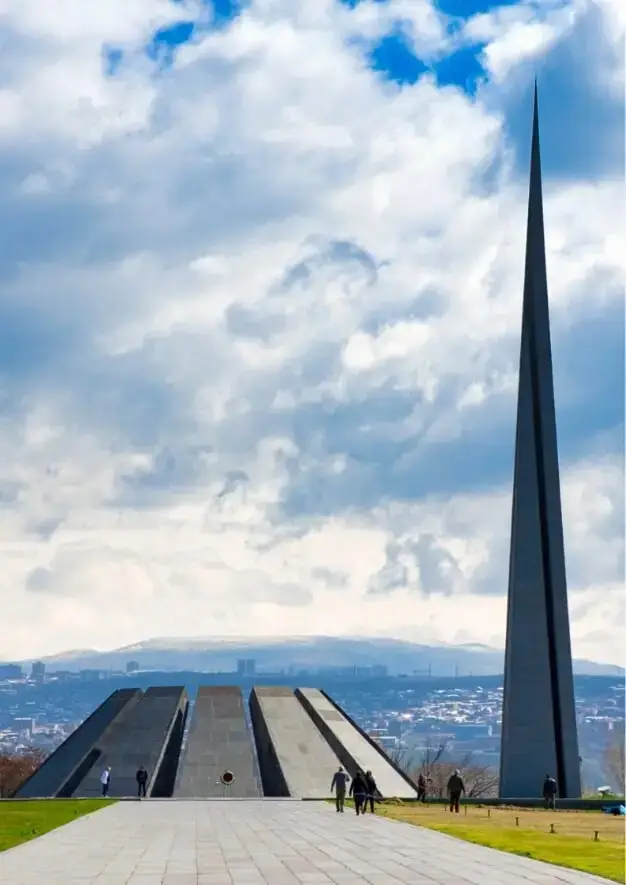
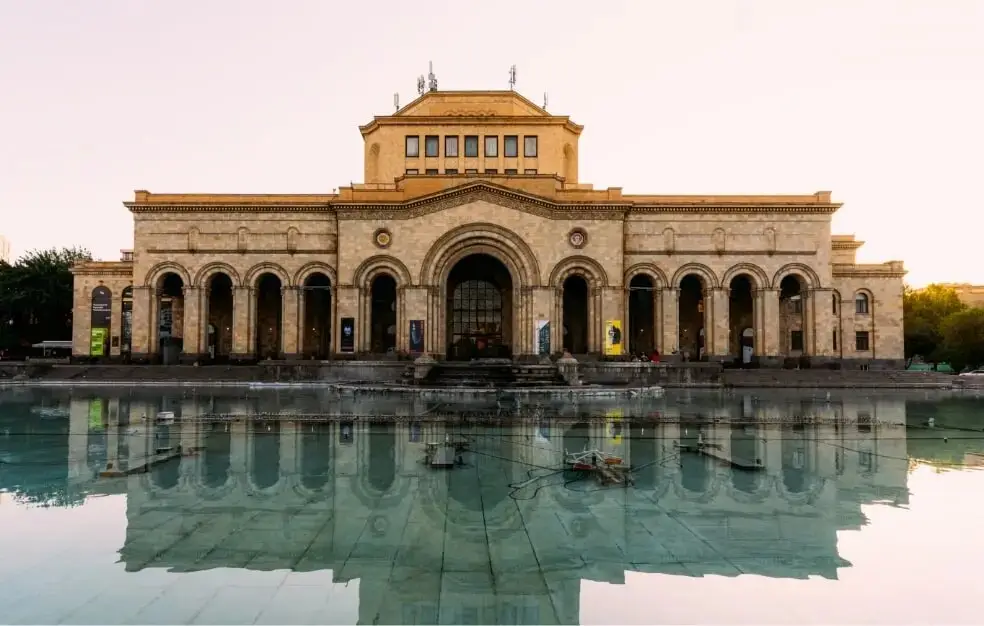

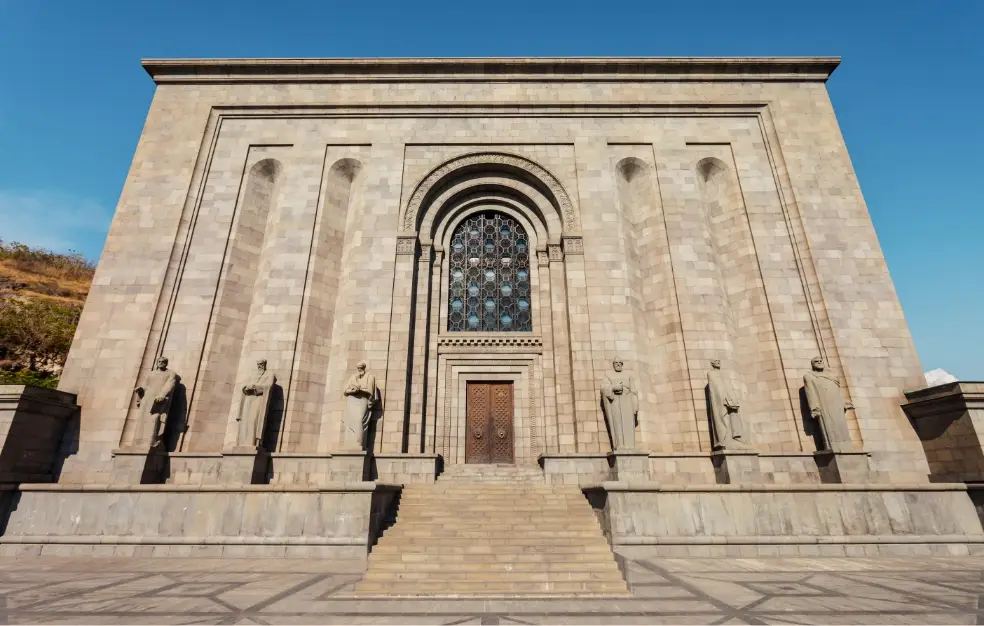
Architectural Manifestations of the Soviet Era
Soviet-style architecture stands out with simplicity and practicality. Armenian architects used single elements from medieval and classical architecture to build industrial and residential buildings.
You'll see that tuff stone is widely used in Yerevan. It is obvious why Yerevan is also known as the “pink city.”
Visit Yerevan's Cascade Complex and Opera and Ballet Theater, two outstanding examples of Soviet design. At the beginning of the path leading to the Cascade Complex, the monument of a prominent architect named Alexander Tamanyan greets each visitor to the city while holding the plan of Yerevan in his hand.
Don't forget to say hello! The Soviet period architecture is also visible in other parts of the country. The Iron Fountain in Gyumri is worth visiting for its unique and distinctive style. Another example is the Writer’s Union building on the Sevan Peninsula which you can see when visiting Lake Sevan.
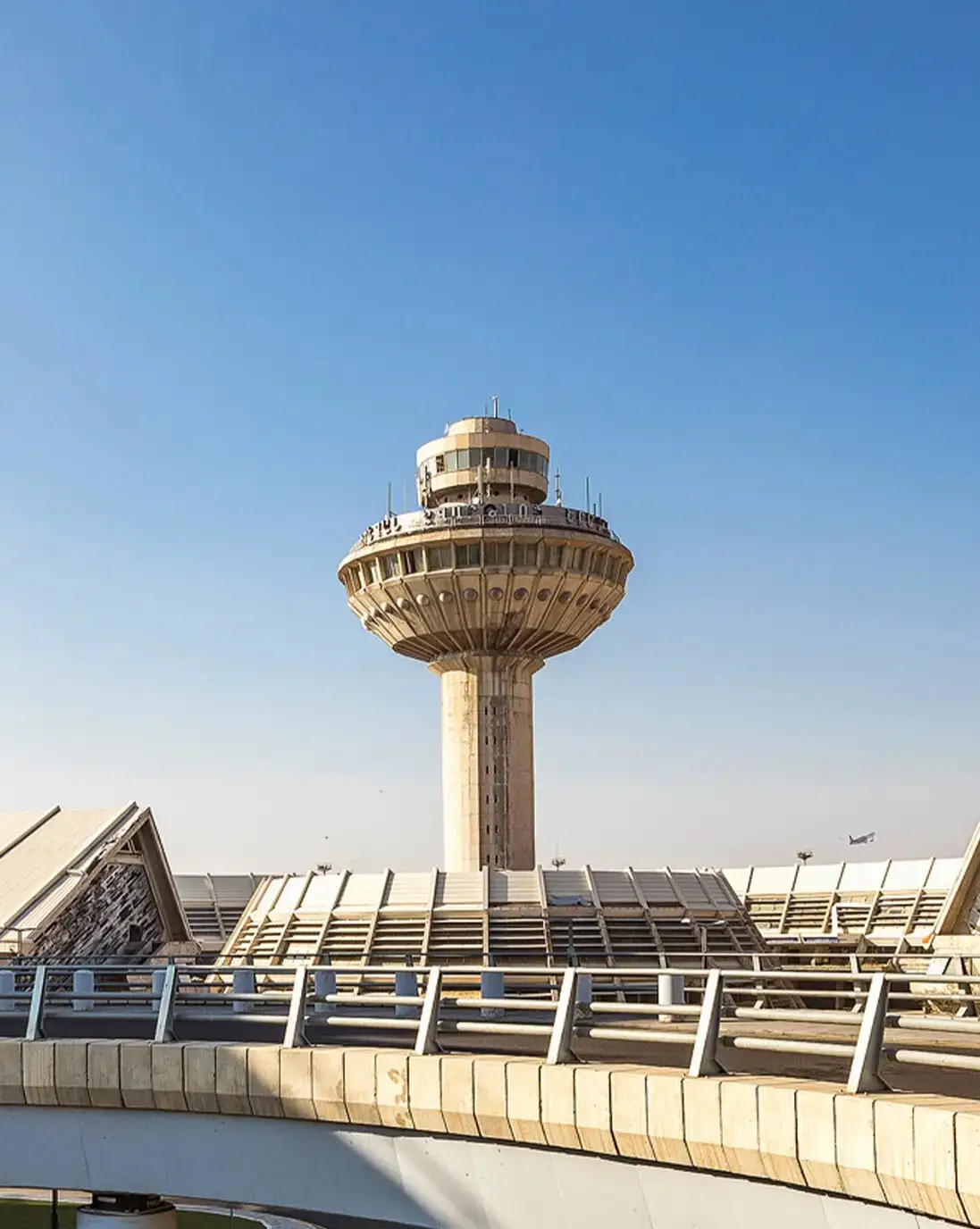
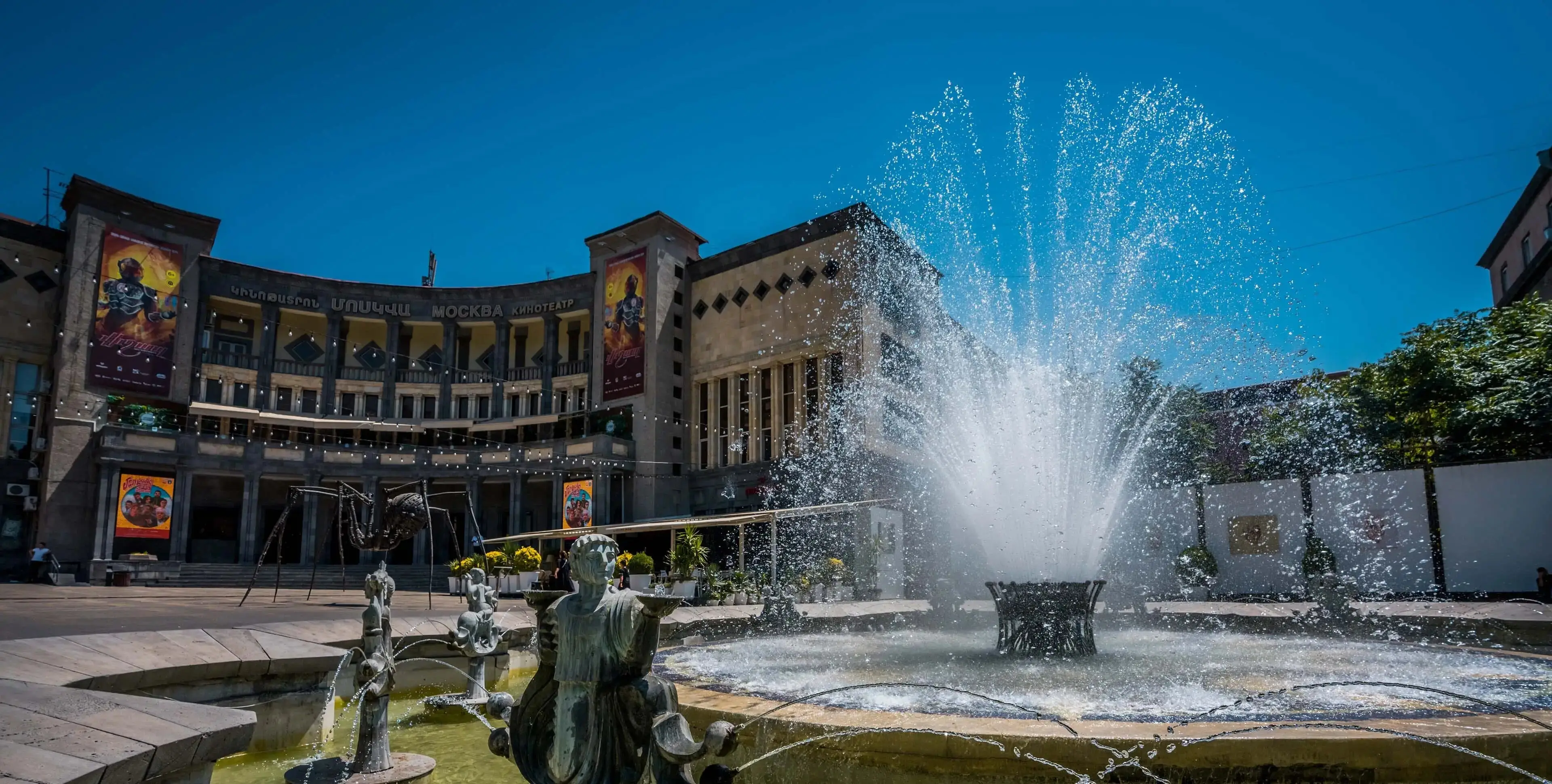
Modern Architectural Boom in Armenia
Modern-day architecture knows no boundaries. Armenian architects turn the most outlandish ideas into reality.
Armenian contemporary architecture seeks to advance current architectural trends while preserving national characteristics.
Visit the UWC Dilijan international school campus in Dilijan and the COAF SMART center in Dsegh village to get the vibes of contemporary architectural solutions perfectly blending into the surrounding nature.
Take a walk around Yerevan, and you will see that modern architectural style is also reflected in residential and commercial buildings. While these are just some examples, you can see how well the modern, old and natural coexist in Armenia.
